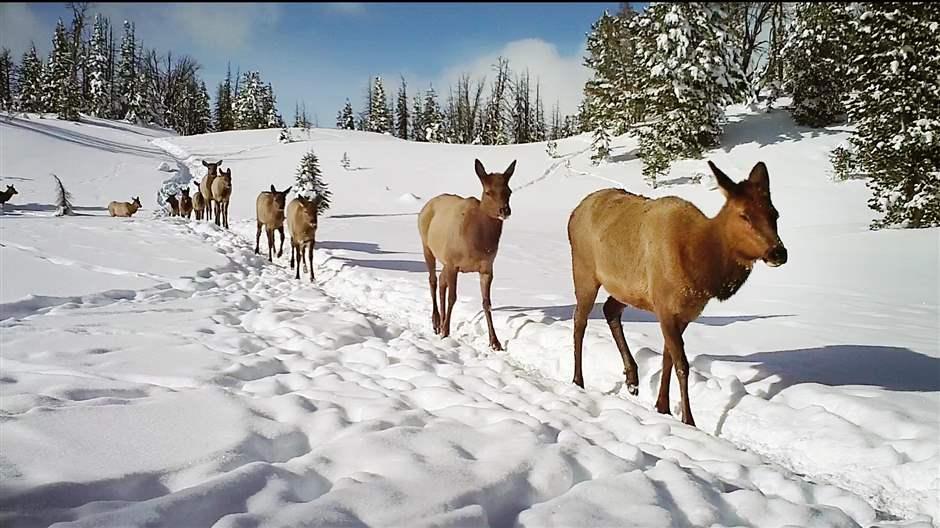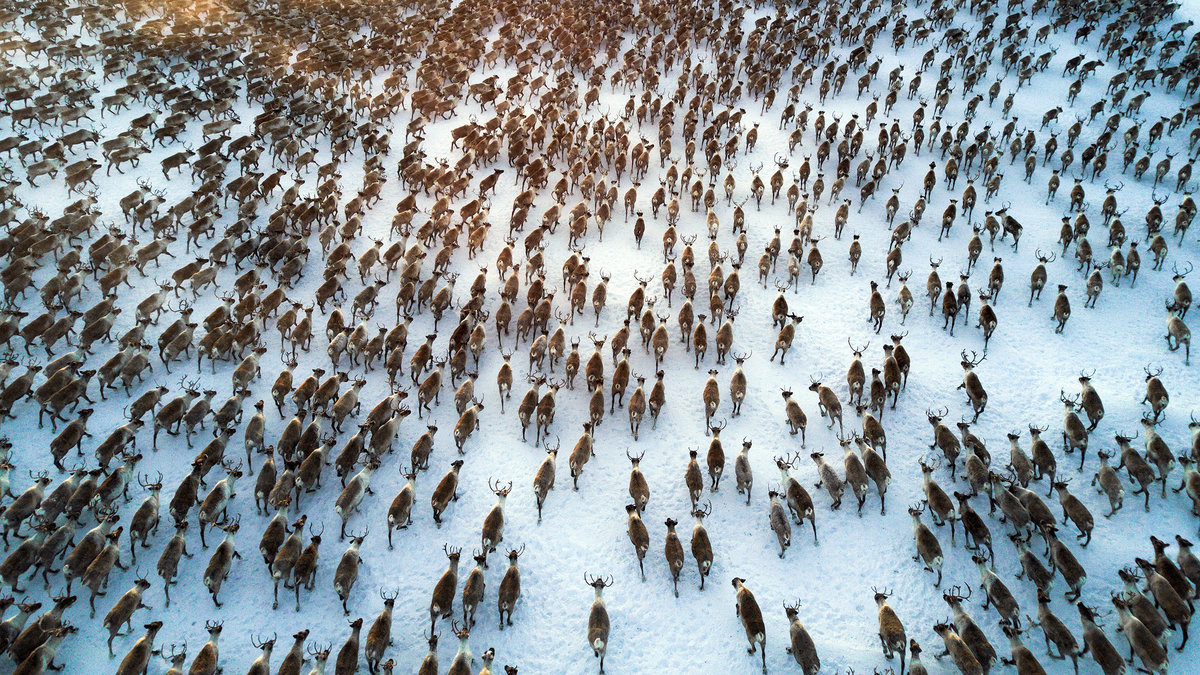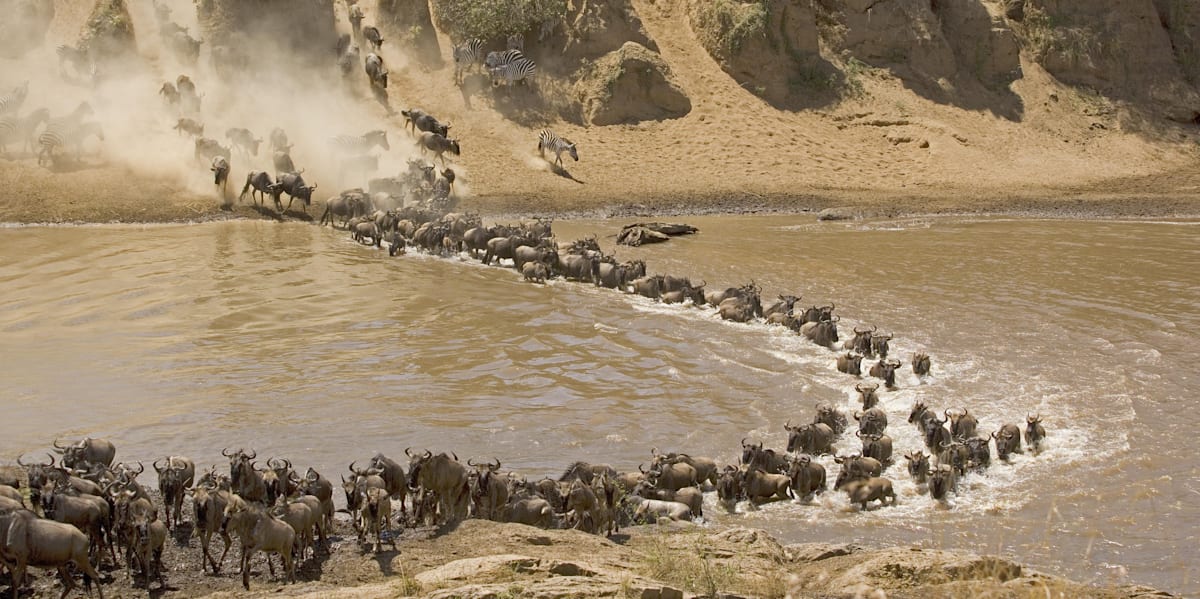The global decline of migrating animal populations is a matter of grave concern that demands immediate attention. The reasons for this alarming trend are manifold, with habitat destruction standing as one of the primary causes. Urbanization and industrialization have led to the encroachment of human activities into wildlife territories, leaving animals with shrinking habitats and disrupted migration routes.
Additionally, climate change plays a pivotal role in this decline. Changes in climatic conditions affect the availability and timing of food resources along migration routes and at breeding sites. This forces animals to alter their migration patterns, often leading to increased mortality rates. Pollution, another significant factor, contaminates the various ecosystems, impacting the health and survival of migratory species.
For instance, excessive use of pesticides in agriculture can poison birds, insects, and other migratory species that rely on these areas for food and rest. Overharvesting and overfishing also contribute to this decline by reducing the reproductive capacity of these species and disrupting their migratory patterns.
Furthermore, human-made structures like wind turbines and power lines pose threats to migratory species, causing injury or death. Invasive species, introduced intentionally or accidentally, can outcompete native migratory species for resources and can even prey on them, leading to population declines. The global decline of migrating animal populations is a multifaceted issue that requires a comprehensive understanding of the various driving factors to devise effective conservation strategies.

Why Are Migratory Species Struggling Worldwide?
Migratory species are facing significant challenges worldwide primarily due to the dramatic changes in their habitats and migratory routes. These disruptions are often a result of human activities such as urban development, agriculture, and infrastructure projects.
Deforestation, for example, can drastically alter or even completely destroy the habitats these species rely on for food and shelter. This forces them to seek new habitats, which may not be as suitable or could be already occupied by other species.
Additionally, climate change plays a significant role in the struggle of migratory species. Rising temperatures and shifting weather patterns can disrupt the timing of migration, causing species to arrive at their breeding or feeding grounds at unfavorable times. Climate change can also lead to the loss of critical habitats, such as thawing Arctic tundra or rising sea levels submerging coastal areas, which can have devastating impacts on migratory species.
Furthermore, pollution is another major factor threatening migratory species. For instance, light pollution in urban areas can disorient birds and insects that rely on natural light cues for navigation. Similarly, noise pollution can interfere with the communication of aquatic species that use sound to navigate, find food, and mate.
Overfishing and overhunting are additional threats. Overfishing depletes the food sources of many migratory marine species, while overhunting reduces the populations of migratory species directly.
Invasive species introduced by human activities can also pose a threat by outcompeting native migratory species for resources or even preying on them.
Lastly, diseases and parasites, which can be spread through increased contact with humans and domestic animals, can also negatively affect the health and survival of migratory species.
In conclusion, the struggle of migratory species worldwide is a multi-faceted issue, deeply rooted in human activities and the ongoing climate crisis. To ensure the survival of these species, comprehensive and urgent actions are needed to mitigate these threats.
Environmental Changes Affecting Migratory Patterns
Environmental changes, particularly those linked to global warming, are significantly affecting migratory patterns of various species across the globe. As the Earth’s temperature rises, habitats are lost or altered, forcing many species to adjust their migratory routes and timings. Birds, for instance, are now migrating earlier in spring and later in autumn due to warmer temperatures. Some species have even stopped migrating altogether as they find suitable conditions in their present location year-round.
Moreover, changes in precipitation patterns and extreme weather events can disrupt traditional migration paths, making the journey more perilous for these animals. For instance, monarch butterflies, known for their long-distance migration, are facing a decline in population due to severe weather conditions and habitat loss caused by deforestation and agricultural practices. Marine species are also experiencing changes in their migratory routes due to warming ocean temperatures and melting polar ice. Sea turtles, for instance, are now laying their eggs in different locations due to rising sea levels and changing beach temperatures.
Furthermore, the availability of food resources along migratory routes is also impacted due to environmental changes. For instance, if plants bloom earlier due to warmer temperatures, birds and insects that rely on these plants for food during migration may arrive too late, leading to starvation and population decline.
In conclusion, environmental changes are significantly altering the migratory patterns of various species, which in turn, can disrupt ecosystems and biodiversity. Therefore, it is crucial to mitigate these environmental changes and protect natural habitats to ensure the survival of these migratory species. It is a complex issue requiring global cooperation and sustained efforts to reduce carbon emissions, conserve habitats, and manage resources sustainably.
The Impact of Human Activity on Migratory Routes
Human activity, particularly urbanization and industrialization, has significantly impacted the migratory routes of various animal species. These activities often lead to habitat loss, fragmentation, and alteration, which complicate and even obstruct the migratory paths of animals. For instance, the construction of cities, roads, and dams can result in the creation of physical barriers that impede the movement of migratory animals, forcing them to navigate through unfamiliar and potentially hazardous environments.
Agricultural expansion also poses a significant threat to migratory routes. Large-scale farming practices often involve significant land alteration, including deforestation and drainage of wetlands, which can eliminate essential stopover sites for migratory birds and other species. Moreover, the widespread use of pesticides in agriculture can contaminate food sources and water bodies along migratory paths, posing health risks to migrating animals.
Climate change, primarily driven by human activities, also disrupts migratory patterns. Changes in temperature and precipitation can alter the timing and availability of food sources along migratory paths. This can cause a mismatch in timing, where animals arrive at their feeding or breeding grounds either too early or too late, resulting in decreased survival and reproduction rates.
Artificial light pollution is another human-induced problem that disrupts migratory patterns, particularly for nocturnal animals and birds. The bright lights of cities can disorient these species, leading them astray from their normal migratory paths and causing them to collide with infrastructure.
Offshore activities, including oil drilling and wind energy production, can also impact marine species’ migratory routes. Noise pollution from these activities can interfere with the communication and navigation of marine mammals, causing them to veer off their typical migration paths.
In sum, human activities have a profound impact on the migratory routes of animals, often leading to declines in population sizes and even the extinction of certain species. To mitigate these effects, it is crucial to implement sustainable practices and develop strategies that consider the needs of migratory animals.

What Can Be Done to Reverse the Decline of Migratory Species?
Addressing the decline of migratory species requires a multi-faceted, global approach that takes into account the complex challenges these creatures face. Habitat restoration is one significant step towards this goal. Degradation and loss of habitats is a primary cause of population decline in migratory species. Therefore, efforts should be made to restore and maintain these habitats, ensuring that they are conducive for breeding, feeding, and resting during long migrations.
Another important aspect is the reduction of pollution. Chemicals, plastics, and other pollutants can cause serious harm to these species, affecting their health, reproduction, and survival rates. Implementing stricter waste management policies and promoting sustainable practices can help alleviate this issue.
Education and awareness are also essential. The general public, especially those living in areas that serve as stopovers or destinations for migratory species, should be educated about the importance of these species and how they can help in their conservation. This can be achieved through workshops, seminars, and even media campaigns.
Moreover, climate change, a major contributor to the decline of migratory species, cannot be overlooked. Efforts to mitigate the effects of climate change, such as reducing greenhouse gas emissions and promoting the use of renewable energy sources, are crucial.
Lastly, involving local communities in conservation efforts is pivotal. Many migratory species are an integral part of these communities’ livelihoods and cultures. By involving them in conservation efforts, we not only empower them but also ensure that these efforts are sustainable.
In conclusion, reversing the decline of migratory species is a complex task that requires global cooperation and a holistic approach. It involves habitat restoration, pollution reduction, public education, climate change mitigation, and community involvement. With concerted effort and commitment, it is a goal that can be achieved.
